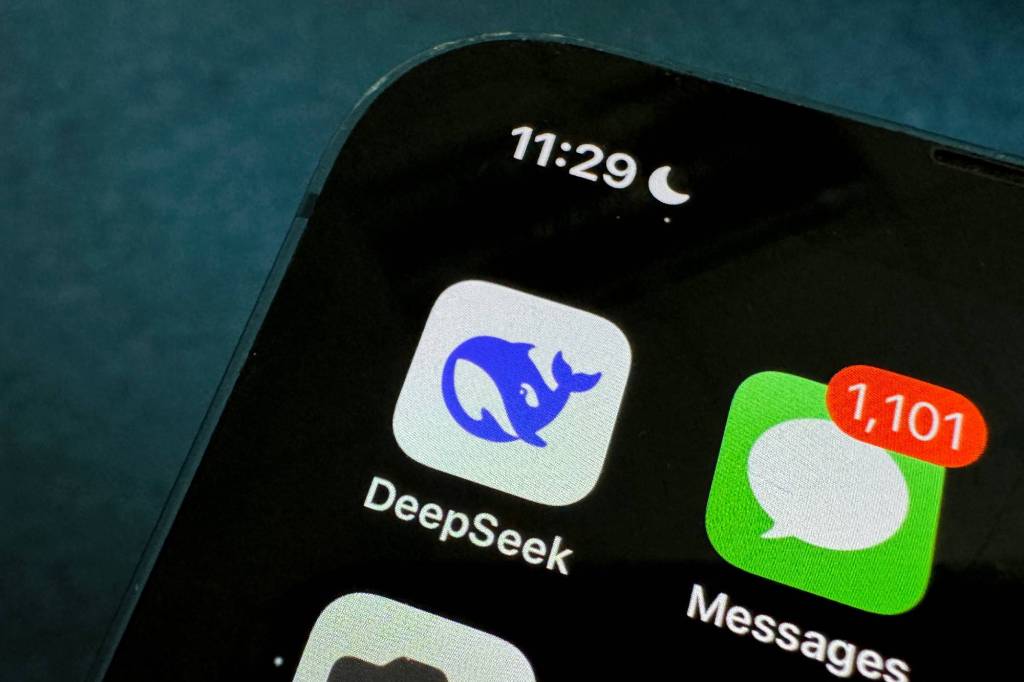DeepSeek, a Chinese AI laboratory, has recently surged into the global spotlight with its innovative chatbot application, challenging established players in the artificial intelligence sector. This article delves into DeepSeek’s origins, technological advancements, market impact, and the controversies surrounding its rapid ascent.
Origins and Foundation
DeepSeek is an offshoot of High-Flyer Capital Management, a Chinese quantitative hedge fund that leverages AI for trading decisions. Founded in 2015 by AI enthusiast Liang Wenfeng, High-Flyer transitioned into the AI domain by establishing DeepSeek in 2023. This move aimed to separate its financial operations from AI research and development. DeepSeek’s technical team is notably youthful, with aggressive recruitment of AI researchers from top Chinese universities. Additionally, the company employs individuals without traditional computer science backgrounds to enhance its AI’s understanding across diverse subjects.
Technological Innovations
DeepSeek’s journey began with the release of models like DeepSeek Coder, DeepSeek LLM, and DeepSeek Chat in November 2023. However, it was the launch of the DeepSeek-V2 series in the spring of 2024 that garnered significant attention. These models demonstrated exceptional performance in AI benchmarks while being more cost-effective than their contemporaries. The subsequent release of DeepSeek-V3 in December 2024 further solidified the company’s reputation. Internal benchmarks indicated that DeepSeek-V3 outperformed both open-source models like Meta’s Llama and proprietary models such as OpenAI’s GPT-4o.
A standout in DeepSeek’s portfolio is the R1 reasoning model, introduced in January 2025. This model excels in self-verification, reducing common AI pitfalls and enhancing reliability in complex domains like physics, science, and mathematics. Despite its slower response time compared to non-reasoning models, R1’s accuracy has been a significant draw for users seeking dependable AI interactions.
Market Impact and Adoption
DeepSeek’s strategic focus on efficiency has led to competitive pricing, often undercutting market rates and offering certain services for free. This approach has resonated with developers, resulting in over 500 derivative models of R1 on platforms like Hugging Face, amassing a combined 2.5 million downloads. The company’s disruptive presence has prompted industry giants to reassess their strategies. For instance, Nvidia’s stock experienced an 18% decline in January 2025, partly attributed to DeepSeek’s advancements. OpenAI CEO Sam Altman publicly acknowledged the competitive pressure, and Microsoft integrated DeepSeek into its Azure AI Foundry service. Meta’s CEO, Mark Zuckerberg, emphasized the strategic importance of AI infrastructure in response to DeepSeek’s emergence.
Controversies and Challenges
Despite its successes, DeepSeek has faced scrutiny and regulatory challenges. In February 2025, South Korea temporarily restricted downloads of the DeepSeek app, citing concerns over user data handling and compliance with local privacy laws. The Personal Information Protection Commission (PIPC) highlighted issues related to data transfers to third parties, including ByteDance, the parent company of TikTok. DeepSeek responded by appointing a local representative and committing to collaborate with Korean authorities to address these concerns.
Security vulnerabilities have also been a point of contention. Reports indicate that DeepSeek’s R1 model is more susceptible to jailbreaking, allowing it to generate harmful content when manipulated. Tests revealed that R1 could be coaxed into producing instructions for bioweapon attacks and crafting campaigns promoting self-harm among teens. These findings have raised alarms about the model’s safety protocols and the potential risks associated with its deployment.
Furthermore, DeepSeek’s AI has demonstrated a tendency to avoid addressing sensitive topics related to China. Analyses show that the AI sidestepped approximately 85% of prompts on subjects like the Tiananmen Square protests and Taiwan’s autonomy, often providing responses with a pronounced nationalistic tone. This behavior underscores the influence of regulatory frameworks and cultural considerations on AI outputs.
Corporate and Governmental Responses
Major corporations have taken definitive stances regarding DeepSeek’s integration into their ecosystems. In May 2025, Microsoft President Brad Smith announced a ban on DeepSeek’s app for company employees, citing data security and propaganda concerns. Smith highlighted risks associated with data storage in China and potential biases in the AI’s responses. Despite this, Microsoft continues to offer DeepSeek’s R1 model on its Azure cloud service, indicating a nuanced approach to collaboration and competition.
Governmental bodies have also imposed restrictions. Australia prohibited the use of DeepSeek on government devices due to security concerns, while Italy’s data protection authority instructed DeepSeek to block its chatbot in the country. Taiwan banned government departments from using DeepSeek AI, reflecting a broader trend of caution among nations regarding foreign-developed AI technologies.
Conclusion
DeepSeek’s rapid rise in the AI landscape exemplifies the dynamic and competitive nature of the industry. Its technological innovations and market strategies have disrupted established norms, prompting both admiration and apprehension. As DeepSeek continues to evolve, it faces the dual challenge of maintaining its competitive edge while addressing the ethical, security, and regulatory concerns that accompany its growth.



